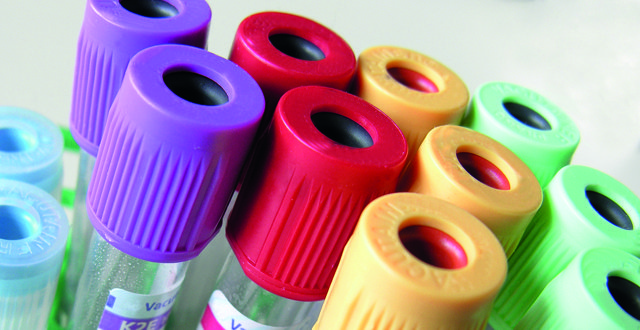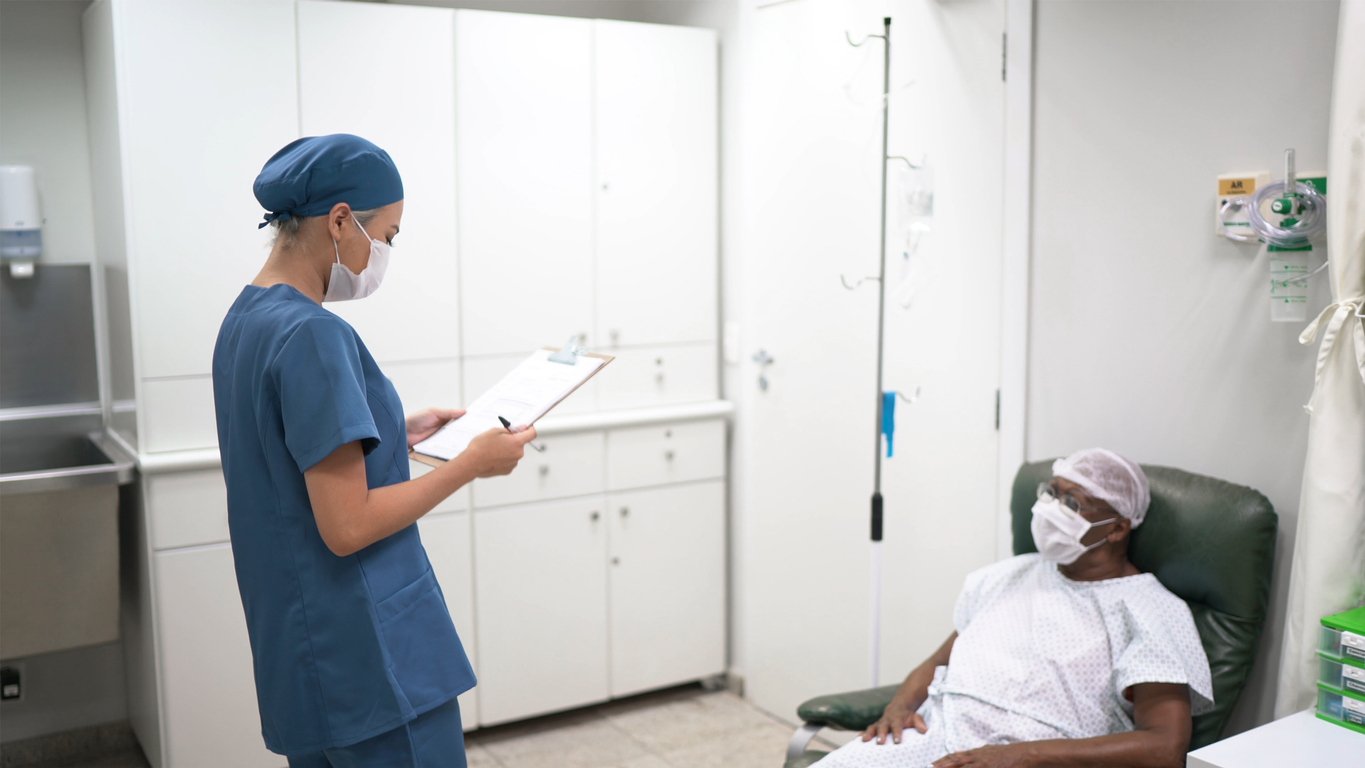Recently, the World Federation of Haemophilia (WFH) and the European Haemophilia Consortium (EHC) organised separate conferences on advances in haemophilia treatment. At the WFH conference, clinicians, haemophilia societies, industry and regulators discussed topics such as use of extended half-life (EHL) factor concentrates, new novel therapies and gene therapy. The EHC conference included clinicians and patient organisation leaders and discussed a similar broad range of topics. The conferences were an opportunity for clinicians to discuss with each other and with patient organisation leaders the changing treatment landscape and how they are utilising new therapies.
For the past 40 years, haemophilia treatment has been relatively straightforward – you replace the missing clotting factor in the event of a bleed or ideally prevent bleeds by means of regular prophylaxis. The availability of EHL clotting factor concentrates (CFCs) has increased therapeutic options.
These new products are being used by many countries for some people with haemophilia. The conferences afforded an opportunity for reflection and discussion. Which people with haemophilia should be treated with EHL products? Is the objective less frequent infusions or higher trough levels leading to more protection from bleeding, or a combination of both objectives? Will the use of EHL CFCs result in greater adherence to treatment and improved quality-of-life?
The objective of prophylaxis for many years has been to maintain factor levels at more than 1 per cent at all times. There is a clear correlation between the amount of time each week that the factor level is below 1 per cent and bleeding risk. Ideally, the factor level would never go below 1 per cent. More recently, with the availability of EHL CFCs, the debate has moved on.
In 2016, the European Directorate for the Quality of Medicines and Healthcare (EDQM) – an official body of the Council of Europe – formally recommended that trough levels of 1 per cent were no longer adequate. Clinicians are debating what trough levels should be. There is no doubt that, in an ideal world, trough levels of 15 per cent or greater would almost completely eliminate bleeds. This level should be attainable in the future via gene therapy, or an equivalent level of protection may be available from some of the new subcutaneous therapies.
In the meantime, many clinicians and haemophilia society leaders are advocating for higher than current trough levels of up to 10 per cent, and at least increasing trough levels to between 3 and 5 per cent. This is more easily attainable with Factor IX (FIX) deficiency as the half-life extension is three- to five-fold compared to an average 50 per cent increase in half-life for FVIII. In Ireland, all people with severe FIX deficiency were switched to EHL FIX in 2017. Preliminary results are very encouraging with average troughs having increased from 5 to 8 per cent using weekly infusions or in some cases, infusion every 10 days or every two weeks.
Presently, following a national procurement process in late 2017, Ireland is changing all FVIII patients to treatments with an EHL FVIII product. This will result in individualised therapeutic regimes tailored for each person and, for many people, a decrease in the requirement for intravenous infusions from three times per week to twice per week. It should also result in the ability to have higher trough levels, probably at 3 per cent, and therefore enhanced protection from bleeding.
<img src=”../attachments/74eba19a-65e3-49a5-9bfe-63e91c0c0b9b.JPG” alt=”” />
<strong>Mr Brian O’Mahony </strong>
At the conferences, there was a lot of information on changing treatment patterns in many countries. Ireland is the only country in the world to date that has switched all the people with haemophilia to an EHL factor. Canada has switched some patients, including all the children with severe FIX deficiency in some centres. The US is switching some patients and some large centres in Germany have switched 60 per cent of their FIX patient to an EHL factor. The UK are gradually switching some patients. The degree of switching to EHL FIX has been greater in many countries than the proportion currently switching to EHL FVIII due primarily to the much longer half-life extension with the FIX products.
A UK clinician stated that their patients who had switched to EHL – both FIX and FVIII – expressed great satisfaction with the decreased frequency of infusions, the diminution in aches and pains and the fact that they are not having to think about haemophilia on a daily basis. People with FIX deficiency in Ireland who have switched have expressed a broadly very positive experience. They bookmark the lower frequency of infusion, less aches and pains, the fact that their veins get a chance to recover and the increased convenience of travelling with lower amounts of factor.
There have also been reports from several countries showing a pattern of increased adherence to the prescribed treatment regime when switched to EHL. Three different centres reported adherence rates increasing from 68 per cent to 85 per cent, 73 per cent to 86 per cent and 60 per cent to 82 per cent respectively. We will need to monitor the impact of these new products on an ongoing basis using many parameters including adherence, bleeding levels, physical activity, joint function, ability to participate in work, education and recreation and impact on chronic pain.
<h3><strong>New treatments</strong></h3>
Other therapeutic developments were also discussed and analysed. The bispecific antibody – emicizumab – which is being developed as the first ever subcutaneous weekly treatment for FVIII deficiency or for treatment of those with FVIII inhibitors, was licenced by the US Food and Drug Administration (FDA) in November for the treatment of inhibitors to FVIII. This new product has demonstrated exciting results in clinical trials and will be marketed as Hemlibra. In late February, the European Medicines Agency (EMA) licenced Hemlibra for the treatment of patients with inhibitors to FVIII.
This therapy is for prophylaxis only and delivers a constant level of protection against bleeding. In the event of a breakthrough bleeding episode occurring in a person with inhibitors, treatment will be required with one of the current bypassing agents. Hemlibra is currently licenced only for patients with FVIII inhibitors. Clinical trials are continuing on the use of Hemlibra for FVIII patients without inhibitors. Several Irish people with FVIII deficiency are participating in this clinical trial called Haven 3. If all goes well with the ongoing trials, it is expected that Hemlibra will be licenced for use in FVIII patients in Europe during the course of 2019. There is also a strong possibility that people with haemophilia in Ireland may participate in a clinical trial for another subcutaneous therapy – the investigational drug fitusiran – during the course of 2018.
Fitusiran, which suspended clinical trials following a serious adverse event in September, has received a positive indication from the FDA. In December, the FDA lifted the hold on clinical studies with fitusiran after the trial’s protocol was amended to better mitigate risks. The manufacturers will now enrol patients in the ATLAS phase 3 programme throughout 2018.
This product has potential for the treatment of FVIII or FIX deficiency, with or without inhibitors. It may also have potential for treatment of some severe von Willebrand cases or rare bleeding disorders.
<h3><strong>Gene therapy</strong></h3>
Progress is continuing with gene therapy for FVIII deficiency. University College London (UCL) now has results demonstrating long-term expression of FIX following a single injection in 10 people with haemophilia. FIX levels vary from 2-7 per cent and it is now more than seven years since the first infusion.
Spark in the US has demonstrated FIX levels of an average of 33 per cent more than one year post-injection using a more potent FIX mutation for the gene therapy (the Padua mutation). This FIX mutation allows for the expression of FIX levels that are approximately 10-fold higher with no increased dose of the vector (injection). This mutation will also now be used by new FIX gene therapy trials from UCL (a trial which may well include Irish participants) and the new FIX trial from Uniqure in the Netherlands (who previously had expression of 5-6 per cent using a non-Padua mutation).
There have also been impressive gene therapy results from Biomarin showing a range of FVIII expression levels from 20 per cent to 200 per cent with an average of approximately 100 per cent.
Other ongoing FIX gene therapy clinical trials by Pfizer and Uniqure may also possibly recruit people in Ireland for their trials. Discussions and work are ongoing.
We fully expect that in this, our 50th anniversary year, some people with FIX deficiency in Ireland will be offered the opportunity to commence participation in clinical trials for gene therapy.
I am also participating in an international process that seeks to define and agree a set of core outcomes for gene therapy. There are many gene therapy trials underway and ideally, we would get agreement from each of the companies developing the therapies that they would measure the same set of core outcomes, thereby making it a more practical proposition to properly compare the outcomes of each trial.
New treatments discussed at the meetings were not solely limited to replacement therapies or novel therapies. Dr Alison Dougall, Dublin Dental University Hospital, set out some of the new game-changers in haemophilia dental care. These include the use of a low laser diode, which can help reduce bleeding with gum disease and the use of a newly licenced compound called Silver Diamine Fluoride, which may greatly assist in preventing or treating caries in children and avoid use of the dreaded drill.
<h3><strong>Summary </strong><strong></strong></h3>
The therapeutic landscape has never been more exciting or indeed more complex. There have been very few innovations in haemophilia treatment for the past 20 years (since recombinant FVIII in 1994), but we are now witnessing an explosion of new possibilities.
We are the first country globally to have all people with haemophilia A and B treated with the new generation of recombinant products. Coupled with the exciting new developments in subcutaneous therapies and the strong and real prospect of participation in gene therapy clinical trials, the exciting future we have long discussed may be arriving.
In fact, on the very day I am writing this, the first clinical trial for gene editing in FIX deficiency in Europe, being conducted by the company Sangamo, has just been approved.
The next five years in haemophilia treatment may well see more change than in the past 50 years, which is a nice thought with which to enter our 50th year as a society and as a community.













Leave a Reply
You must be logged in to post a comment.